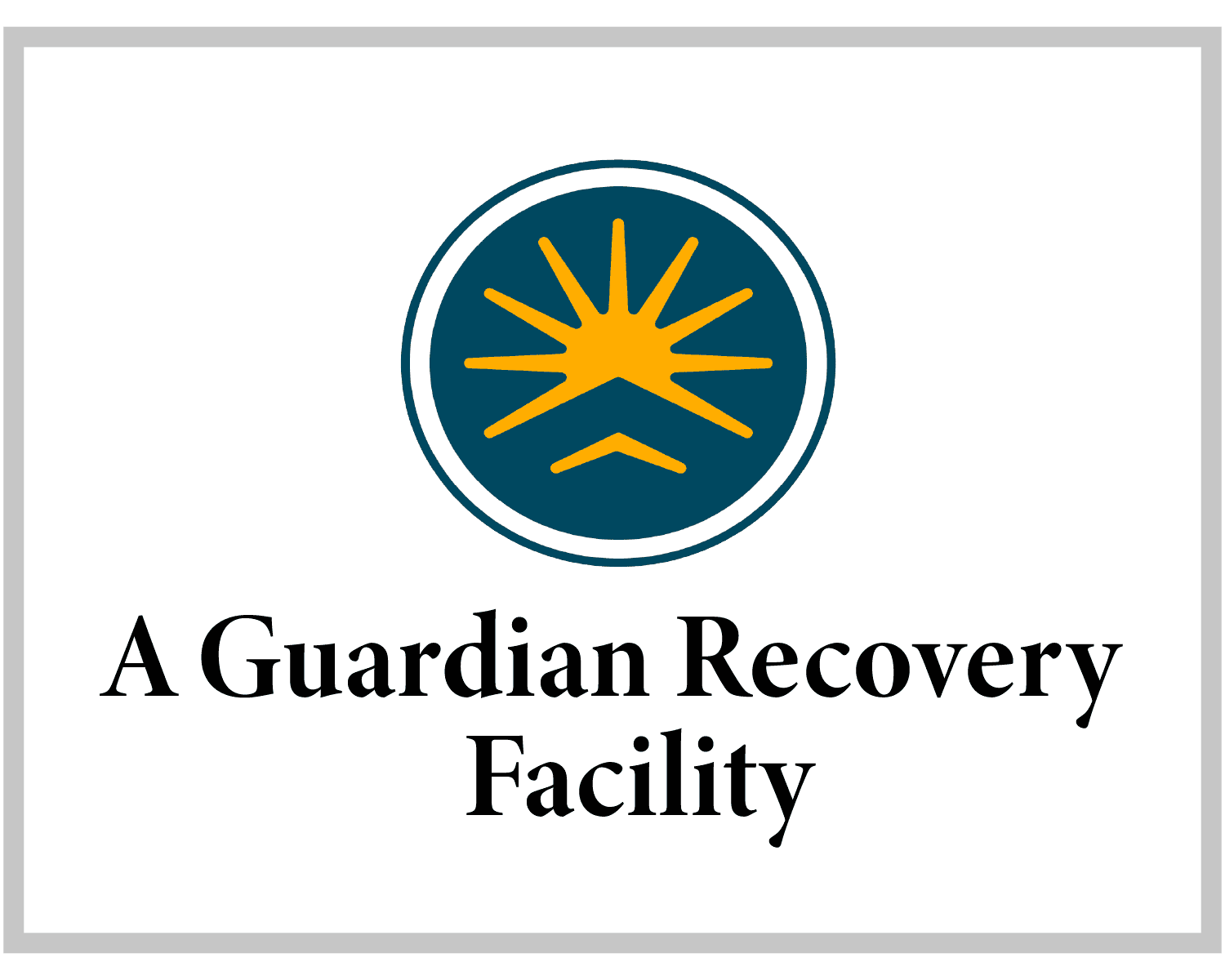What Are the Most Commonly Used Drugs in Colorado?
Like many states, the most commonly used substances in Colorado are alcohol, marijuana, and prescription opioids. This isn’t surprising, considering all three are legal, although prescription opioids are also often found illicitly on the black market as a product of drug diversion. Other widely used drugs include cocaine, methamphetamine, and hallucinogens, such as LSD.
Regular use of one or more of these drugs may indicate a substance use disorder that needs to be addressed by medical and mental health professionals in a comfortable, structured environment.
At CuraWest, we are committed to helping individuals misusing drugs or alcohol overcome addiction—a chronic disease that will worsen over time if left untreated. Our integrated programs and treatment plans are designed to ensure those we treat are given the support and resources they need to conquer addiction and maintain long-term sobriety. Contact us today to learn more about our multiple levels of care and clinically proven therapies and services.
What May Be Influencing Colorado’s Drug Use Statistics?
Several factors can influence drug use patterns in Colorado, including the following:
The availability of drugs in an area can significantly impact their use. For example, marijuana legalization in Colorado has likely contributed to increased use. If the theory that marijuana is a gateway drug is to be believed, this could also lead to the misuse of other drugs. (1)
Social norms and cultural attitudes towards drug use can also influence drug use patterns. For example, Colorado may have a more liberal attitude towards marijuana use than other states. The legalization of marijuana in 2014 may be strong evidence for this being the case.
Different demographic groups tend to have different patterns of drug use. For example, young adults and individuals with lower incomes may be more likely to use drugs than older adults or those with higher incomes.
As in all states, economic conditions, such as high unemployment or poverty, can contribute to drug use, as individuals often turn to drugs to cope with stress or economic hardship. Colorado has relatively low poverty (9.8% in 2020) and unemployment (3.3%) rates compared to other states. (2)(3) This suggests that financial factors may not be significant in terms of overall drug use in Colorado.
The availability of drug treatment programs can also influence drug use patterns. There are approximately 3,200,466 Colorado residents over 18 and 330 treatment facilities. (4) This suggests there is just one rehab center for every 9,700 Colorado residents. Fewer treatment centers may equate to fewer individuals receiving help for their substance use disorders.
Which Cities Have the Highest Drug Use?
Some studies have shown that drug use is generally higher in urban areas, such as Denver and Boulder, compared to rural areas. Additionally, data from the Colorado Department of Public Health and Environment has shown that drug overdose deaths have been increasing in recent years, with the highest rates occurring in the Denver metropolitan area and other Front Range cities. (5)(6)
Importantly, drug use patterns tend to change over time and vary significantly depending on the specific community or population in question. For this reason, it may be challenging to make sweeping generalizations about substance misuse in a particular county or region.
Colorado Substance Use & Overdose Death Statistics
Before the pandemic, 0.8% of individuals aged 12 or older reported past-year opioid misuse or dependence. Furthermore, many people reported past-year dependence on other illegal substances and alcohol. For example, 2% of adolescents and 8.8% of adults in the state reported having a past-year alcohol use disorder (AUD). Finally, 4.7% of adolescents in Colorado and 5.0% of adults reported having an illicit drug use disorder in the past year.
From 2015 to 2020, drug overdose fatalities rose in Colorado from 15.4 to 24.9 per 100,000 individuals. (7) This represents an increase of 62% within five years. In 2020, there were 987 opioid overdose deaths in Colorado, which accounted for 65.3% of all drug overdose deaths in the state. (8)
In Colorado, between 2011-2021, the age-adjusted opioid overdose fatality rate rose from 8 to 21.7 individuals per 100,000. (9) In the same period, the age-adjusted all drug overdose death rate increased from 16.1 to 31.4. This suggests that approximately half (49%) of all overdose deaths in 2011 and more than two-thirds (69%) of overdose deaths in 2021 were caused by opioids.
Statistics for Men, Women, & Teenagers
According to the 2019 National Survey on Drug Use and Health (NSDUH), approximately 12.3% of men in Colorado aged 12 or older reported past-month use of illegal drugs. (10) Moreover, for men, past-year substance use disorder rates related to alcohol or illicit drugs were 10.3% and 4.2%, respectively.
The 2019 NSDUH survey also found that 9.5% of Colorado women aged 12 or older reported past-month use of illegal drugs. Also, past-year substance use disorder rates related to alcohol or illicit drugs were 7.5% and 2.8%, respectively.
Finally, the survey found that approximately 12.2% of Colorado youth aged 12-17 reported past-month illegal drug use. In addition, past-year substance use disorder rates related to alcohol or illicit drugs were 7.1% and 3.5%, respectively.
How Does Colorado Compare to Other States?
According to SAMHSA and NSDUH, the state of Colorado has higher rates of marijuana and cocaine use compared to the rest of the United States. Alcohol use rates in Colorado are similar to the national average. The binge-drinking rate in Colorado is slightly higher than the national average. Finally, the state’s heavy drinking rate is similar to the rest of the country.
According to a 2020 study, Colorado ranks #7 in the nation for states with the biggest substance misuse problems. (11)
Overdose Statistics in Colorado
Colorado is just one of many states hit hard by the opioid epidemic and the increasing use of illicit drugs and alcohol. In September 2020, 15.1% of U.S. adults reported new or increased substance misuse due to pandemic-related stress. (12) Deaths due to drug overdose also increased from over 72,000 deaths nationally in 2019 to over 93,000 deaths in 2020. (13)
Begin Healing Now!
Have A Call With One Of Our Treatment Advisors
Don’t Suffer Any Longer
Contact Us Today for Help With Substance Use in Colorado
In response to the ever-increasing numbers of individuals struggling with substance use disorders, CuraWest was established to provide individualized care for those who direly need comprehensive addiction and mental health treatment. Our comprehensive programs feature various evidence-based services, including medical detox, residential and intensive outpatient treatment, aftercare planning, and much more.
Contact us to learn more about the streamlined admissions process and free, no-obligation health insurance benefits checks and assessments. If you reach out, a skilled Treatment Advisor can explain more and help you begin working on your long-term recovery goals today.

Reviewed for accuracy by:
Jasmine Billups
LPC-S
Jasmine has worked in the mental health field for over 18 years. She earned her B.A. in Psychology with a Minor in Child and Family Relations from North Carolina Central University, and her M.A. in Mental Health Counseling from Argosy University. Jasmine is a Licensed Professional Counselor Supervisor and has specialized in addiction for over 10 years.




















